Labor Hall
Introduction
Text-to-speech Audio
Park College maintained a work program for students but never had a headquarters for said program. With tools spread throughout campus it was decided that a central location was needed. Howard B. McAfee, family treasurer, spearheaded the project, which began in 1903 when Dr. D. K. Pearsons of Chicago offered an endowment of $25,000 and other donors gave $75,000. Work began in October 1904 and ended in completion April 1905. Today the building still stands but is used as a gym addition.
Images
Labor Hall Backside viewed from hill.
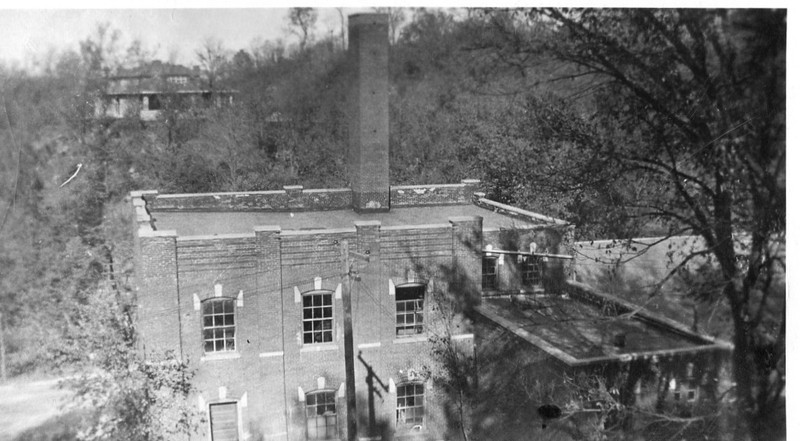
Another view of the back but angled.
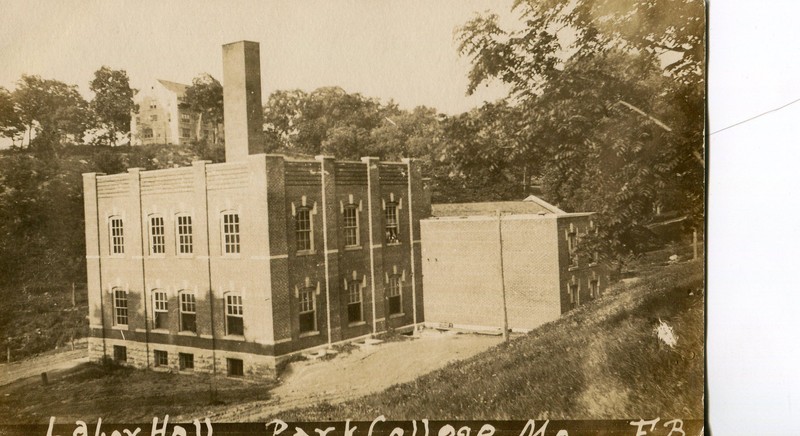
Labor Hall from the front. Note the smaller building to the left of Labor is called Field House and is not separate but attached.
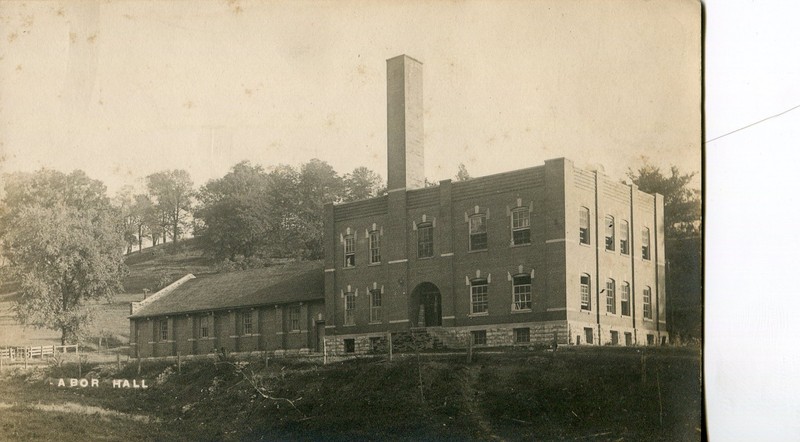
Better view of Field House. Labor Hall is the building in the back.
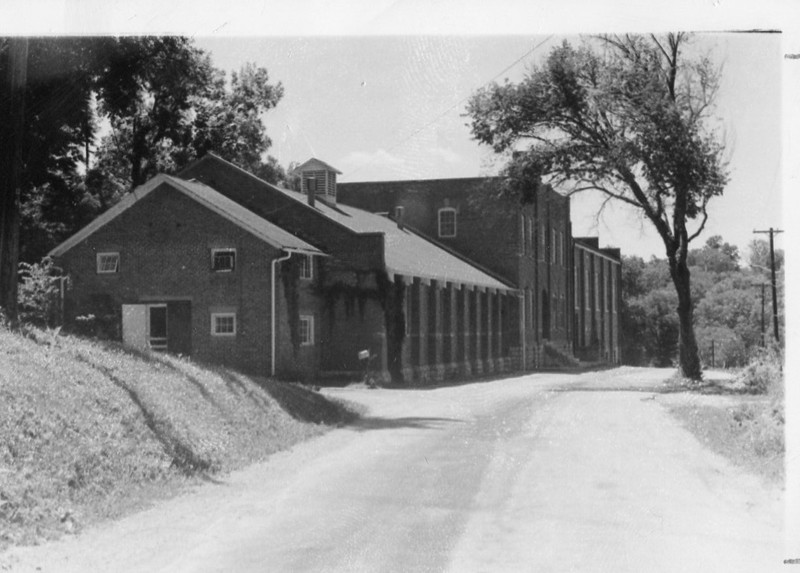
Another view of Labor Hall.
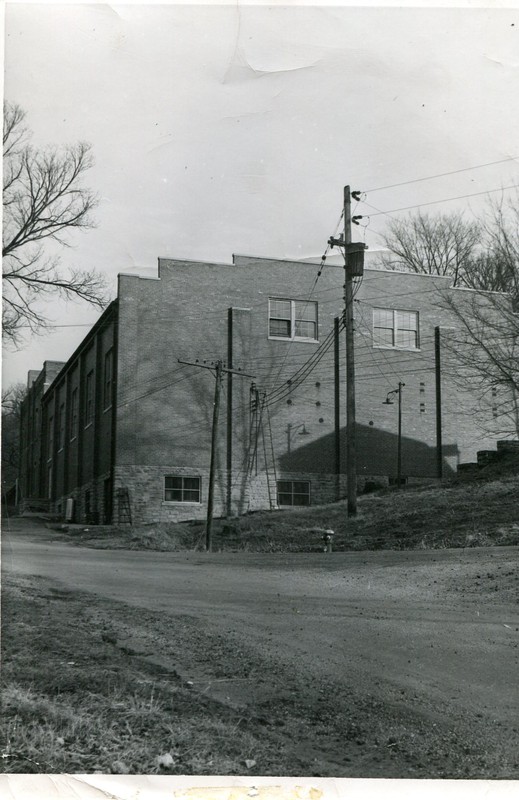
Backstory and Context
Text-to-speech Audio
Since the beginning of Park College/ University in 1875 it has been seen as the 'self help' school, with the name being a reference to the
students who had little to no money available and had their tuition paid
off by working at the school. Yet by 1903 the famous work department (Park College Family) did not even have a headquarters anywhere. With various tools used from construction to farming scattered throughout other buildings, a centralized location for the tools was needed along with an actual headquarters. Howard B. McAfee, treasurer and superintendent of Park College Family, got it started in 1903 with Dr. D.K. Pearsons giving a pledge of $25,000 to the school as a friend of the family, with him asking for others to help donate an additional $75,000 for the project. The final total was raised by September of 1904 amounting to $100,000, half going to the endowment and the other half going to the new building's.
Three buildings were planned with the money; a new home for Park College president, a new dormitory, and a headquarters for the work program. McAfee wasted no time and in October of the same year purchased two acres of land owned by a "Stubborn Dutchman". Part of this land became the site of the work department and construction started more or less immediately with stone quarried from the school itself to be used as the foundation and the schools lime kiln melt limestone down to be used as lime for the mortar. The bricks were sourced from elsewhere because the school didn't have the capability to make them. Work stopped in the winter but was resumed in vigor in April, 1905 with the swimming pool area done in May.
Oddly enough the building had no name yet, but many were suggested around the area like "Industrial Hall", "Manual Training Hall", "The Workery", "Homanus Hall" (a Latin combination of human and work), or "The Hive". Labor Hall was the winner. Students did help build the hall but most of the work was done by skilled masons with the building superintendent Charles Patrick Breen overseeing the project.
Labor hall was built in two sections with one section being two stories tall and having a waiting room, reading room, bath house with showers and lockers, and the headquarters of the work program on the first floor with the second having a gymnasium and finally the basement holding the tools needed for the work program. The second section was single story that held the fore-mentioned pool, a 30x60 foot pool at that. The pool ruffled some feathers due to it being extravagant but it was quickly pointed out that many students drowned in the Missouri River years before and could swim safer in the new pool.
Labor Hall officially opened in September, 1905.
Three buildings were planned with the money; a new home for Park College president, a new dormitory, and a headquarters for the work program. McAfee wasted no time and in October of the same year purchased two acres of land owned by a "Stubborn Dutchman". Part of this land became the site of the work department and construction started more or less immediately with stone quarried from the school itself to be used as the foundation and the schools lime kiln melt limestone down to be used as lime for the mortar. The bricks were sourced from elsewhere because the school didn't have the capability to make them. Work stopped in the winter but was resumed in vigor in April, 1905 with the swimming pool area done in May.
Oddly enough the building had no name yet, but many were suggested around the area like "Industrial Hall", "Manual Training Hall", "The Workery", "Homanus Hall" (a Latin combination of human and work), or "The Hive". Labor Hall was the winner. Students did help build the hall but most of the work was done by skilled masons with the building superintendent Charles Patrick Breen overseeing the project.
Labor hall was built in two sections with one section being two stories tall and having a waiting room, reading room, bath house with showers and lockers, and the headquarters of the work program on the first floor with the second having a gymnasium and finally the basement holding the tools needed for the work program. The second section was single story that held the fore-mentioned pool, a 30x60 foot pool at that. The pool ruffled some feathers due to it being extravagant but it was quickly pointed out that many students drowned in the Missouri River years before and could swim safer in the new pool.
Labor Hall officially opened in September, 1905.
Sources
- Beck, Bill. Fides et Labor: 140 Years of Pioneering Education: The Story of Park University. Virgina Beach, VA. The Donning Company Publishers, 2015.
- Fishburn Archives and Special collections
- Elwess. Carolyn McHenry. A Brief History of Labor Hall. Archivist. Park College, Parkville, MO. 741-2000 Ext. 6285, 1971.
